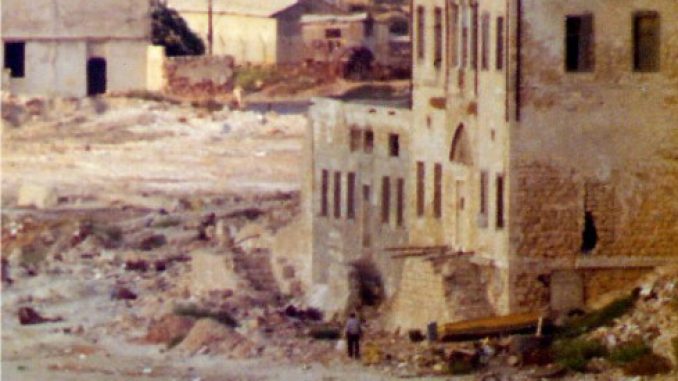
As a contribution to the debate on the wastelands (descampados) we are having inside the OACU group, we post this excerpt from Eyal Weizman’s Hollow Land [Verso, 2007], about the constructive strategies that the israeli government is developing to control the Palestinian territory. These dynamics have many similarity, also set in place by state powers less publicly discredited.
“The spatial conflict over Palestine has re-articulated a certain principle: to be governed the territory must be constantly redesigned. This goes beyond a search for a stable and permanent “governable” colonial form, but rather points to the fact that it is through the constant transformation of space that this process of colonization has played out. Unpredictability and the appearance of anarchy are part of this violent logic of disorder. […] The furious violence of Israel’s attack left 1,400 people dead and 20,000 buildings, about 15% of all buildings in the Gaza Strip, either fully or partially destroyed. […] Destruction, so the Israeli government imagined, is to be followed by development attempts that combine welfare and architecture to replace the refugee camp with ‘housing projects’. One of the aims is to break the historical, spatial and social continuity of the refugee camp and with it the collective political identity of the refugee, which is seen as the biggest threat to the current political order.” (english version found on badil.org)
- See also DAAR – Decolonizing Architecture Art Residency website, where we find the photo.
- About military urbanism: Steve GRAHAM (2011) Cities Under Siege: the New Military Urbanism, Verso. [downloadable PDF on libcom!]